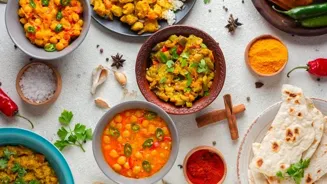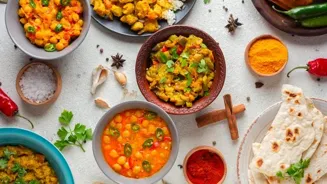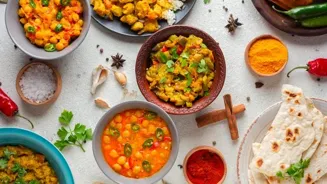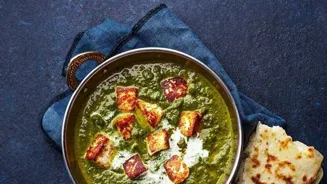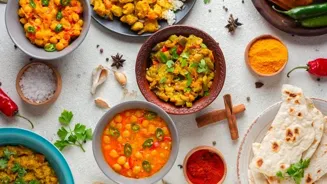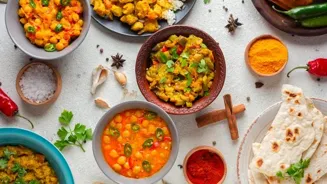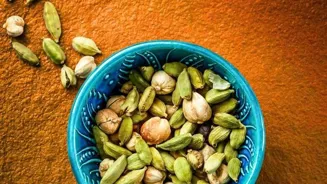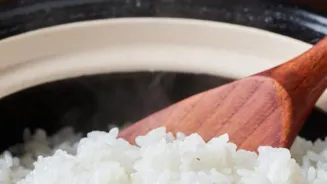Unveiling the Evolution of Indian Cuisine: Explore 7 Influences That Molded Its Rich Tapestry. Dive into the diverse journey!
Indian cuisine, a vibrant tapestry of flavours, aromas, and textures, is celebrated
globally. Its story is not merely about spices and recipes; it's a fascinating journey through history, woven with threads of cultural exchange, religious beliefs, and geographical diversity.
Understanding these influences is key to appreciating the depth and complexity of Indian food.
Origins of Indian cuisine in ancient Indus Valley: seasonal, simple, local ingredients, spices
The earliest roots of Indian cooking lie in the Indus Valley Civilization (3300-1700 BCE). Archaeological evidence suggests the use of grains like wheat and barley, as well as fruits and vegetables, forming the foundation of their diet.
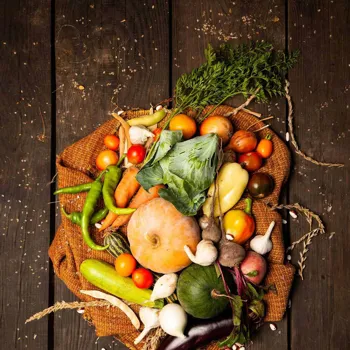
This era emphasized seasonal eating and simple cooking methods, laying the groundwork for future culinary developments. Think of it as the original farm-to-table movement, where fresh, local ingredients were central to every meal.
Spices, though not as prominent as later on, likely played a role in flavouring food and preserving it.
Indo-Aryans influenced Indian cuisine with dairy, vegetarianism, Ayurveda
The arrival of the Indo-Aryans brought significant changes to the Indian culinary landscape, with Vedic texts revealing a growing preference for milk products like ghee and yogurt, integral to Indian cooking even today.
Vegetarianism, deeply rooted in the principles of ahimsa (non-violence), also began to take hold, especially amongst certain religious groups. The Vedic period also saw the formalization of Ayurvedic principles, linking food and health.
This influenced dietary recommendations, emphasizing balanced meals and the use of specific ingredients for their therapeutic properties.
Mughal Empire brought rich, slow-cooked dishes to India
The Mughal Empire introduced rich and elaborate dishes. Persian and Central Asian cuisine arrived in India. Dishes like biryani and pulao became staples. Nuts, dried fruits, and aromatic spices from these regions also were added.
Mughlai cooking is known for its slow-cooking techniques and creamy gravies. It’s a testament to skillful blend of Indian and Central Asian flavours.
Portuguese ingredients shaped Indian cuisine, like vindaloo
The Portuguese influence is another important aspect of the narrative. They introduced ingredients like potatoes, tomatoes, and chillies. These are thought of as an integral part of Indian cuisine today.. These seemingly foreign imports quickly became a staple.
The adoption of these ingredients led to regional dishes. It is the vindaloo of Goa is a prime example, showcasing the fusion of Indian and Portuguese culinary styles.
British rule influenced Indian cuisine with new methods, ingredients, and dishes
British rule also left its mark on Indian food. It’s through the introduction of new cooking methods and ingredients. Tea cultivation, for instance, transformed India into a major tea-producing nation. It also impacted breakfast habits.
It influenced the creation of Anglo-Indian dishes like railway mutton curry and bread pakora, where Indian and European flavours blended.
India embraces global culinary trends with fusion cuisine and modern twists
In recent years, Modernization and globalization have exposed India to global culinary trends. Fusion cuisine, with innovative combinations of flavours and techniques, is gaining popularity. Indian chefs are experimenting with molecular gastronomy and cross-cultural influences.
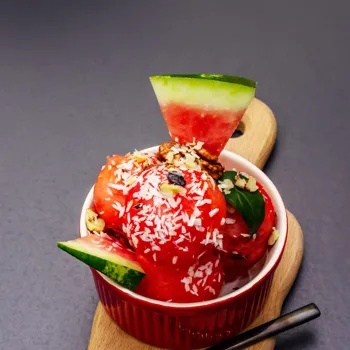
They create dishes that are both familiar and intriguing. This modern twist builds upon the legacy of Indian cuisine. Modernization is not something to fear, It adds a new chapter to Indian cuisine.
